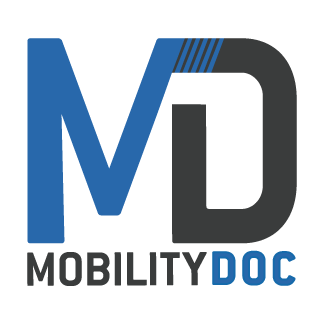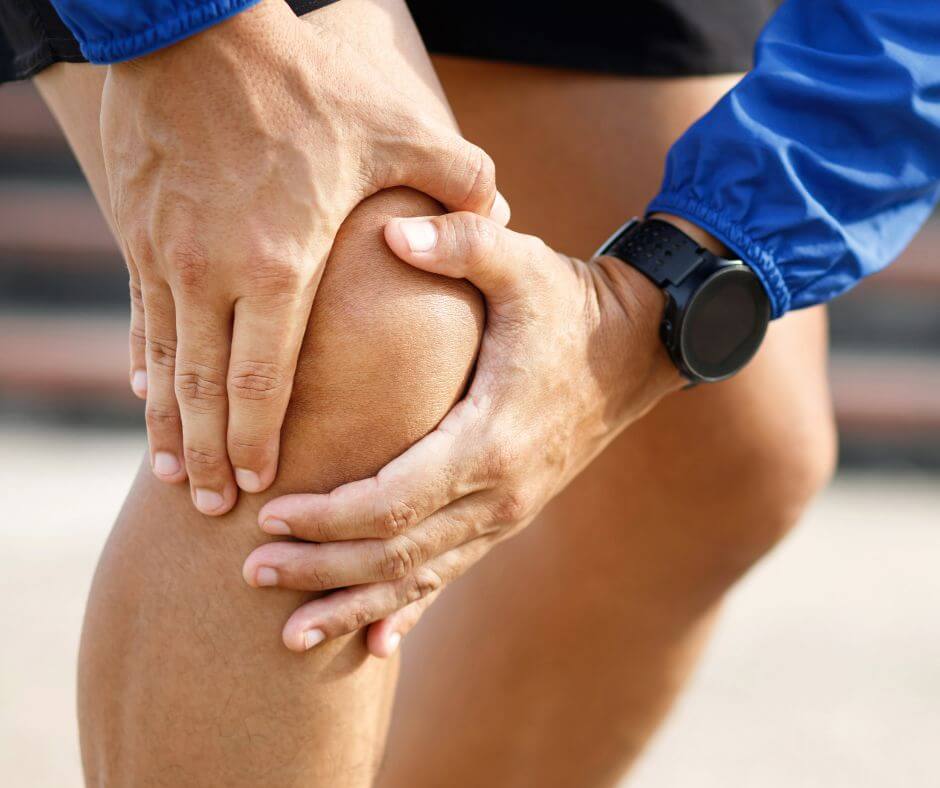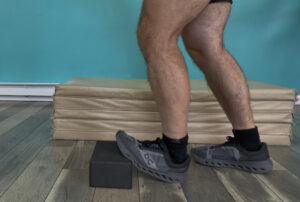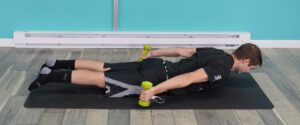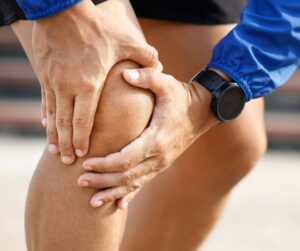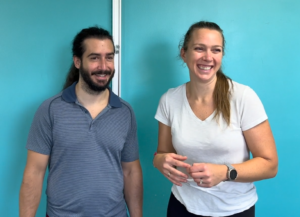So, you’ve had surgery, completed physical therapy, and made it through the first couple of years of recovery. But here you are, still dealing with joint stiffness, tight muscles, and discomfort. Sound familiar? You’re not alone! Many people experience lingering stiffness years after surgery, even if their pain from arthritis or injury is gone.
The culprit? Muscle tightness and connective tissue adhesions. But don’t worry—there’s hope! With the right self-treatment techniques, you can improve your mobility and finally get rid of (or at least reduce) that annoying stiffness.
Myofascial Release: What It Is and Why It Helps
Myofascial release is a technique designed to relieve tension in the fascia—a web-like connective tissue that surrounds your muscles and joints. Over time, fascia can become tight and form adhesions, limiting your movement and causing discomfort. Using self-treatment methods like foam rolling, muscle scraping, cupping, and massage guns can help break up these adhesions, increase blood flow, and improve flexibility.
What These Techniques Do


- Foam Rolling: Uses body weight and a roller to apply pressure on tight muscles, helping to release tension, increase blood flow, and improve mobility. Want to know more? Read here!
- Muscle Scraping: Uses a tool to break up fascial adhesions and scar tissue, enhancing circulation and reducing stiffness. Get your own muscle scraper.
- Cupping: Uses suction to lift the skin and underlying tissues, promoting blood flow and reducing tightness. Learn more about cupping.
- Massage Gun: Delivers rapid pulses to the muscles, helping to break up knots, improve circulation, and relax tight areas.
Your Joint Stiffness Self-Treatment Game Plan
The key to long-term relief? A structured plan. Here’s how you can apply different self-treatment techniques to common post-surgery scenarios:
Knee Replacements
- Foam Roll: Target your quads, inner thighs, and calves.
- Stretch: After foam rolling, stretch those areas for deeper release.
- Muscle Scraping: Use a muscle scraper around the knee, quad, and calf.
- Massage Gun: Apply it to the same areas to enhance muscle relaxation.

Hip Replacements

- Foam Roll: Focus on glutes, IT band, hamstrings, and hip flexors.
- Stretch: Get more from your stretches by foam rolling first! Target the same areas as above.
- Massage Gun: Work through the glutes, hip flexors, hamstrings, IT band and inner thigh to continue relieving stiffness.
Rotator Cuff Repairs
- Foam Roll: Work on the back of the shoulder.
- Massage Gun: Target the front (pec area), side, and back of the shoulder.
- Stretch: Follow up with gentle shoulder and chest stretches.

Challenge What You Struggle With
If you’re having difficulty with specific movements, it’s important to challenge them. For example, if you’ve had a knee replacement and struggle with going up and down the stairs, incorporate targeted myofascial release techniques first. Spend 15 minutes foam rolling, stretching, and using muscle scraping or a massage gun, then practice going up and down the stairs a few times. Pay attention to how it feels before and after.
Consistency is Key
To see real results in improving joint stiffness, you need a plan. Choose 3-4 techniques and commit to doing them 15 minutes a day. You may not notice a big difference right away, but after 2-3 weeks of consistency, you should start to see improvement. The key is to test your movement and build confidence in your mobility. For more significant change, stay consistent for 6-8 weeks. Remember to test and re-test your mobility to track your progress.
Watch How To Get Rid of Joint Stiffness With Dr. Chloe
When to Seek Professional Help
These techniques are suggestions and should be tailored to your specific needs. Always check with your doctor or physical therapist before starting a new routine. We want to stress again that these techniques are not to be used without the guidance of your physical therapist within your first year of recovery! While surgery can fix structural issues, regaining flexibility and mobility requires ongoing effort. That means consistently challenging your flexibility and mobility to get yourself feeling like you again.
Stay the Course!
The bottom line? Don’t give up! Recovery doesn’t stop after PT ends. Keep challenging your flexibility and mobility every day, and you’ll start feeling better over time. Stay consistent, stay motivated, and take control of your movement!
Some of the links in this blog are affiliate links which provides us a small portion of earnings. Whether you use these links or not, we highly recommend you check out Sidekick muscle scraping tools!
We're Happy To Help!
Feeling frustrated because your physical therapist just doesn’t get it? We’ve heard all sorts of horror stories from patients saying that their doctors weren’t listening. You’re not a number to us. You’re unique and your body is too. We can help. Schedule an in person or virtual consultation with us today to receive 1:1 guidance of how to get rid of the joint stiffness plaguing your life!
